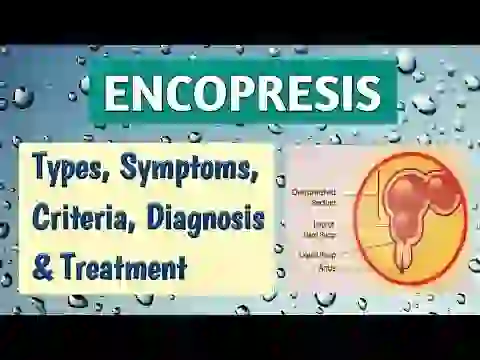Encopresis
Encopresis is a condition that usually occurs in children over the age of four. This condition causes a child to pass feces involuntarily, even though he or she should be able to use the toilet. The inability to hold a bowel movement due to encopresis is not something that is intentional. In general, encopresis is caused by an underlying medical condition, either physical or mental.
Symptoms of Encopresis
Symptoms of encopresis that can appear include:
- Large stools.
- Not wanting or refusing to defecate.
- Defecating in the pants is often considered diarrhea.
- Constipation and hard, dry stools.
- Long gap between bowel movements.
- Decreased appetite.
- Daytime bedwetting (peeing in pants).
- Recurrent bladder infections, especially in girls.
Risk Factors for Encopresis
There are many risk factors for encopresis, namely:
- Anxiety or depressive disorders.
- Prolonged constipation.
- Not drinking enough water.
- Boys are more likely to suffer from encopresis.
Causes of Encopresis
There are several causes of encopresis. The most common are as follows:
-
Constipation
Most cases of encopresis result from chronic constipation. When constipated, a child’s stool is difficult to pass, dry, and may be painful to pass. As a result of this condition, the child avoids going to the toilet, which makes the problem worse. The longer the stool builds up in the colon, the harder it is for the child to push the stool out. The colon will stretch, which eventually affects the nerves that signal the need to go to the toilet. When the colon becomes too full, loose/soft stool can leak out.
Common causes of constipation include not eating enough fiber, not drinking enough fluids, or consuming too much dairy. Occasionally, a child with a cow’s milk intolerance may also experience constipation, although milk intolerance more often causes diarrhea than constipation.
-
Emotional Problems
Emotional stress can also trigger encopresis. A child may experience stress from early toilet training or a major life change, such as parental divorce or the birth of a sibling.
Diagnosis of Encopresis
Diagnosis of encopresis can be made through the following:
- If stool comes out in an inappropriate place regularly (at least once a month) for three months.
- It may be found in children who have bowel control and intentionally collect their stool in clothing or elsewhere for various emotional reasons.
- In some cases, the child may not demonstrate strong control over the sphincter muscles, either because the child is involved in other activities or because the child is not aware of the process.
Complications of Encopresis
The side effects or complications of a child having encopresis may include feelings of shame, frustration, and anger. If your child is teased by peers or punished by adults, he or she may feel depressed or have low self-esteem. Early treatment, including consulting a mental health professional, can help prevent the social and emotional impacts of encopresis.
Encopresis Treatment
The sooner encopresis is treated, the better. The first step in treatment involves clearing the bowel of accumulated stool. This can be done with prescription laxatives such as rectal suppositories.
Afterwards, medication therapy will be prioritized to encourage good bowel habits and patterns. In some cases, a referral for psychotherapy may be added to the child’s medication therapy.
Prevention of Encopresis
Most children are not ready for toilet training until after their second birthday. Help your child avoid constipation by offering high-fiber foods and encouraging your child to drink plenty of fluids.
When to See a Doctor?
You can contact a doctor when you find these symptoms in your child:
- Not wanting to or refusing to defecate, and holding back defecating.
- Defecating in pants when the child is over 4 years old.
- Constipation is severe, persists for a long time, or recurs.
- Complaining of pain during bowel movements.
Contact a doctor immediately if you experience the above symptoms. Proper handling can minimize the consequences, so that treatment can be done more quickly.

